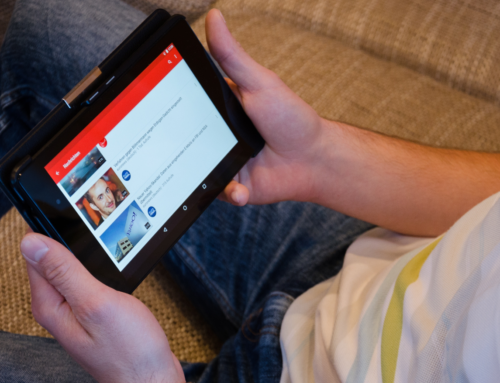
360-degree feedback can be done by qualitative methodology, also called descriptive, which is based on behavioural interviews conducted by a qualified person. One interview lasts about 45-90 minutes. Interviews are structured and all respondents answer the same questions (including the appraiser). It is built on the basis of key competences which were chosen for assessment and precisely defined by an organization.
Notes (and possible recordings) of the interviews are confidential and only the person who carries out assessment has access to them. On the basis of the collected information this person writes a report and gives feedback (alongside with tips for development) to the appraised person and their superior. This way of assessment helps collect more information than form-based assessment (so-called quantitative assessment). It also allows to clarify and specify collected opinions. It is also more time-consuming and requires more work. That is why it is most often used for developing top management.
Glossary:
- descriptive – opisowy
- to conduct – przeprowadzać
- to last – trwać
- recording – nagranie
- confidential – poufny
- to carry out – przeprowadzać
- superior – przełożony
- quantitative – ilościowy
- time-consuming – czasochłonny












